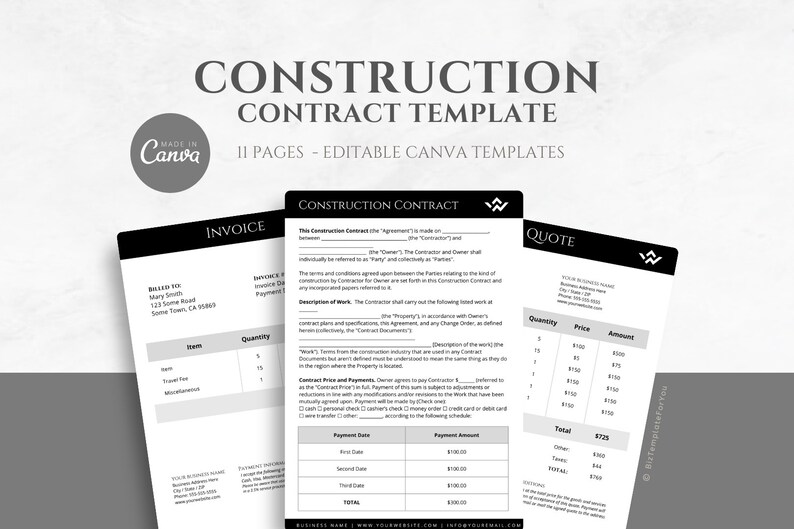Behind the Blueprint: The Skilled and Diverse Construction Workforce
Introduction
The construction industry is more than just bricks and mortar; it’s a testament to the dedication, skill, and diversity of the workforce that brings architectural visions to life. From architects and engineers to skilled laborers and project managers, the construction workforce is a dynamic tapestry of professionals who shape our cities and communities. In this blog post, we celebrate the construction workforce, its significance, challenges, and the pivotal role it plays in building the world around us.

1. The Essence of the Construction Workforce
The construction workforce consists of individuals with a wide range of skills and expertise, all working together to plan, design, and construct the structures that define our urban landscapes.
2. The Multifaceted Construction Workforce
- Architects: Design the blueprints that guide construction.
- Engineers: Ensure the structural integrity and safety of buildings.
- Skilled Tradespeople: Carpenters, electricians, plumbers, and masons bring plans to life.
- Project Managers: Oversee and coordinate construction projects from inception to completion.
- Laborers: Provide the physical labor necessary for construction.
- Safety Professionals: Ensure that construction sites adhere to safety standards.
- Sustainability Experts: Promote eco-friendly and energy-efficient construction practices.
3. The Significance of the Construction Workforce
The construction workforce is the backbone of the industry, responsible for translating architectural visions into tangible structures. They build the homes, offices, schools, and infrastructure that shape our lives.
4. The Diversity of the Workforce
Diversity in the construction workforce is essential, fostering innovation, inclusivity, and a wider talent pool. Initiatives are underway to attract more women, minorities, and younger generations to the industry.
5. Challenges in the Construction Workforce
Challenges include labor shortages, the aging workforce, safety concerns, and the need for continuous skills development.
6. Technology and the Workforce
Technology, such as Building Information Modeling (BIM) and construction management software, enhances efficiency and collaboration among workforce members.
7. Training and Education
Vocational training programs, apprenticeships, and higher education play vital roles in preparing individuals for careers in construction.
8. The Future of the Construction Workforce
The future may see increased automation, the integration of augmented reality in construction, and a greater focus on sustainable practices.
Conclusion: Building the Future Together
The construction workforce is more than just a collection of individuals; it’s a community of professionals who bring innovation, creativity, and dedication to every project. They are the architects of our cities, the builders of our dreams, and the stewards of our built environment. As we look to the future, the construction workforce will continue to evolve and adapt, ensuring that the structures they create are not only functional but also safe, sustainable, and reflective of the diverse communities they serve.
